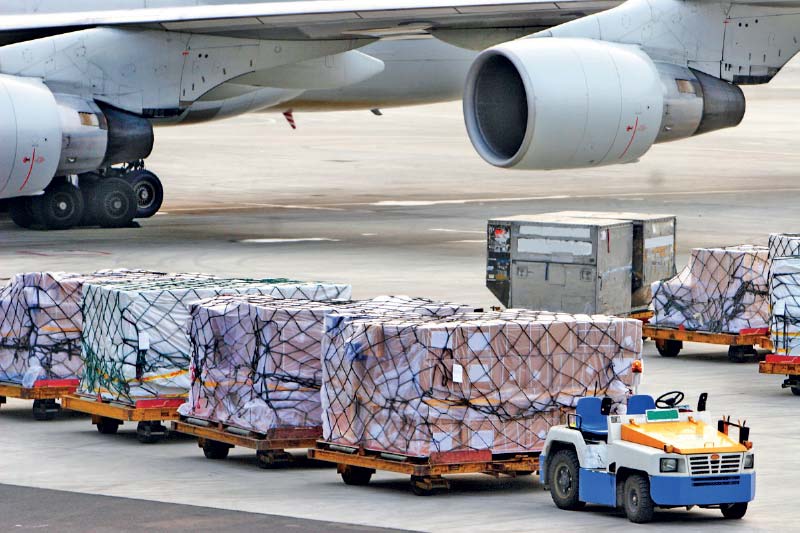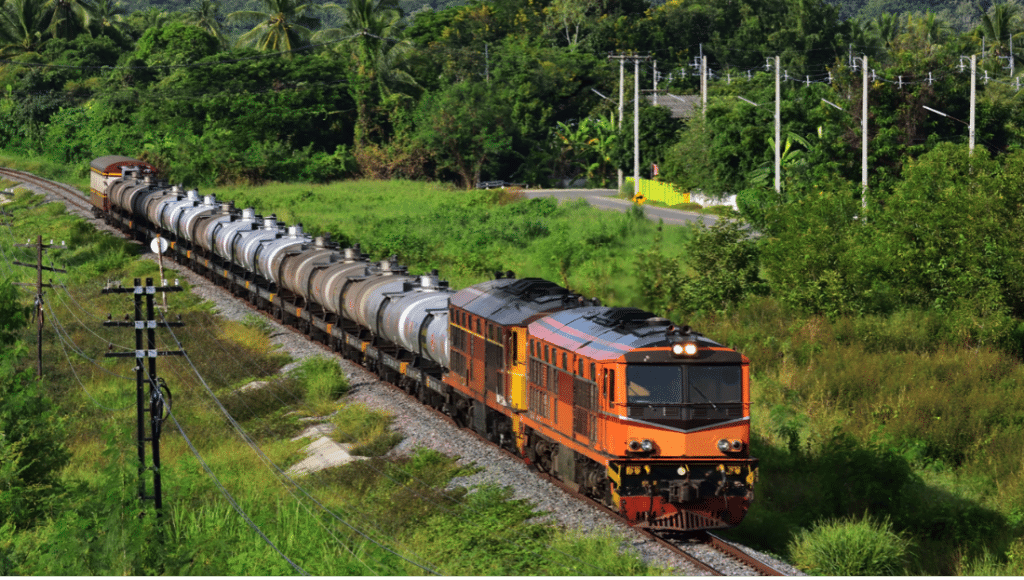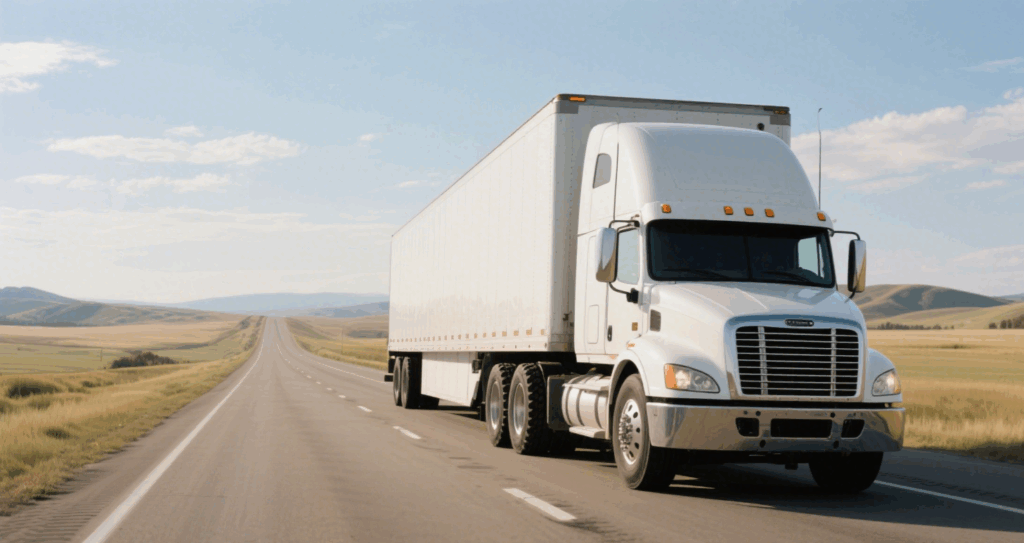- By Della tj
- November 19, 2025
- Rail Freight, Shipping
Table of Contents
Efficient international shipping requires reliability, speed, and cost balance. Trusted rail freight from Shenzhen to Canada offers businesses a stable, secure, and sustainable logistics solution for cross-border trade. By combining advanced tracking, customs management, and intermodal connections, this route ensures seamless cargo transport across Eurasia and North America.
Why Choose Rail Freight from Shenzhen to Canada?
Rail freight connects China and Europe efficiently and can extend shipments onward to Canada via maritime or transcontinental intermodal transport. This hybrid logistics approach provides:
- Faster delivery than sea freight
- Lower cost than air freight
- Reduced emissions, supporting eco-friendly supply chains
- High reliability with fewer delays and damages
Furthermore, the Shenzhen–Canada route benefits from the well-established China–Europe rail network, integrated with North American distribution centers for final delivery.
How Does Trusted Rail Freight Work?
Professional rail freight providers manage every stage of the process:
- Cargo Collection – Goods are picked up from Shenzhen suppliers.
- Export Declaration – Customs and documentation handled at origin.
- Rail Transit to Europe – Goods travel through Kazakhstan, Russia, Poland, and Germany.
- Transshipment to Sea or Air – Cargo continues from European hubs (like Rotterdam or Hamburg) to Canada.
- Canadian Import Clearance – Duties and taxes processed by certified brokers.
- Last-Mile Delivery – Cargo reaches warehouses or customers nationwide.
Each shipment is tracked digitally to guarantee visibility throughout the entire journey.
How Does Rail Freight Compare with Other Modes?
| Mode | Transit Time | Cost Level | Reliability | Best For |
|---|---|---|---|---|
| Air Freight | 5–8 days | $$$$ | Excellent | Urgent goods |
| Rail Freight | 22–28 days | $$ | High | Medium-volume cargo |
| Sea Freight | 35–45 days | $ | Moderate | Bulk shipments |
| Express Courier | 4–7 days | $$$ | High | Small parcels |
Thus, rail freight offers an ideal middle ground—affordable, timely, and environmentally sustainable.
What Documents Are Needed for Customs Clearance?
Accurate documentation ensures compliance and smooth cross-border processing.
| Document | Purpose | Responsible Party |
|---|---|---|
| Commercial Invoice | Declares cargo value and details | Exporter |
| Packing List | Specifies weight, CBM, and dimensions | Shipper |
| Rail Waybill | Serves as proof of shipment | Forwarder |
| Certificate of Origin | Determines tariff rate | Exporter |
| Bill of Lading | For sea-leg connection to Canada | Carrier |
| Import Declaration (B3) | Filed with CBSA | Broker |
| EORI/BN Number | Required for importer identification | Consignee |
Additionally, digital customs clearance systems enable paperless submissions, reducing clearance time by up to 30%.
What Are the Typical Costs for Rail Freight from Shenzhen to Canada?
Prices vary depending on shipment type, volume, and delivery terms.
| Service Type | Weight/Volume | Average Cost | Transit Time |
|---|---|---|---|
| LCL (Less than Container Load) | 1–5 CBM | USD 380–520/CBM | 25–28 days |
| FCL (20GP Container) | 28 CBM | USD 3,200–3,600 | 26–30 days |
| FCL (40HQ Container) | 68 CBM | USD 5,800–6,400 | 27–32 days |
| Rail + Sea Intermodal | 1–10 tons | USD 4,000–5,000 | 30–35 days |
Note: Trusted providers offer DDP (Delivered Duty Paid) options that include customs, taxes, and final delivery to Canadian warehouses.
Real Case Studies: Rail Freight from Shenzhen to Canada
🔹 Case 1: Electronics by Rail + Sea
From: Shenzhen
To: Vancouver
Mode: Rail Freight to Rotterdam + Sea Freight to Canada
Cargo: 1×40HQ, laptops and components
Cost: USD 6,150
Transit Time: 32 days
🔹 Case 2: Machinery via Rail + Air
From: Shenzhen Pinghu Station
To: Toronto
Mode: Rail to Germany + Air Freight
Cargo: CNC parts, 2,000 kg
Cost: USD 4,950
Transit Time: 20 days
What Makes Trusted Rail Freight Reliable?
Several operational and management factors ensure consistent service quality:
- Weekly departures from Shenzhen terminals
- GPS-based tracking for full visibility
- Sealed containers ensuring cargo integrity
- Efficient customs handling at multiple borders
- Lower carbon footprint than air or truck transport
In addition, professional logistics partners coordinate multimodal transitions to avoid delays at border crossings or transshipment ports.
How to Choose a Trusted Rail Freight Partner?
A reputable provider is essential for safe and compliant international transport. When evaluating options, consider:
- Licensed and insured freight forwarder
- Strong experience on China–Europe–Canada routes
- DDP service coverage including customs and VAT
- Real-time tracking and transparent pricing
- Local agent support in Canada
Top China Freight is a leading logistics company providing trusted rail freight from Shenzhen to Canada, integrating customs brokerage, inland delivery, and multimodal transport solutions.
Conclusion
Trusted rail freight from Shenzhen to Canada delivers an efficient balance between speed, reliability, and sustainability. Its intermodal structure combines the precision of rail with the reach of sea and truck networks, making it a top choice for global importers.
By partnering with a professional logistics provider such as Top China Freight, you gain complete shipment visibility, accurate customs management, and timely delivery across Canada. Whether shipping electronics, furniture, or machinery, this trusted rail freight service ensures smooth operations and dependable performance from start to finish.
Request a Quote
Need a tailored solution for your shipping from China?
Let TJ China Freight Forwarder assist you with reliable, cost-effective service.
FAQ:
Q1.What is trusted rail freight from Shenzhen to Canada?
It’s a professional logistics solution providing safe, cost-efficient, and well-managed rail-based cargo delivery between Shenzhen and Canadian destinations.
Q2.How long does rail freight from Shenzhen to Canada take?
Transit typically takes 25–30 days, depending on customs, connection points, and chosen delivery method such as rail–sea or rail–air.
Q3.Is rail freight cheaper than air or express shipping?
Yes, rail freight is around 60% cheaper than air and significantly faster than traditional sea freight options for Canadian imports.
Q4.Do I need an import license for Canada rail shipments?
Most general goods do not require import licenses, but a registered Business Number (BN) is necessary for customs clearance.
Q5.Can I ship small cargo using rail freight?
Absolutely. LCL consolidation allows smaller shipments to share container space, lowering total costs for trusted rail freight from Shenzhen to Canada.





